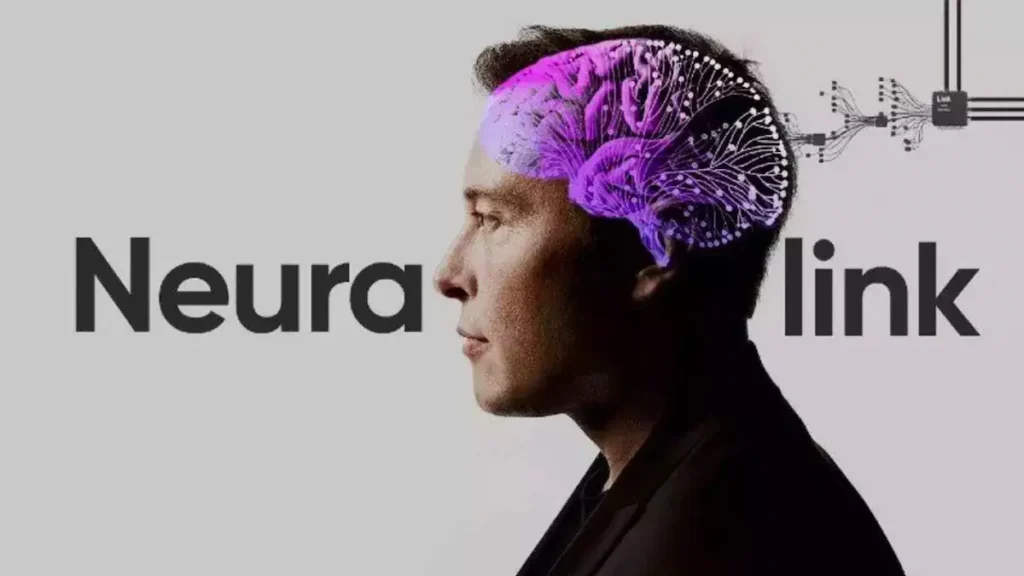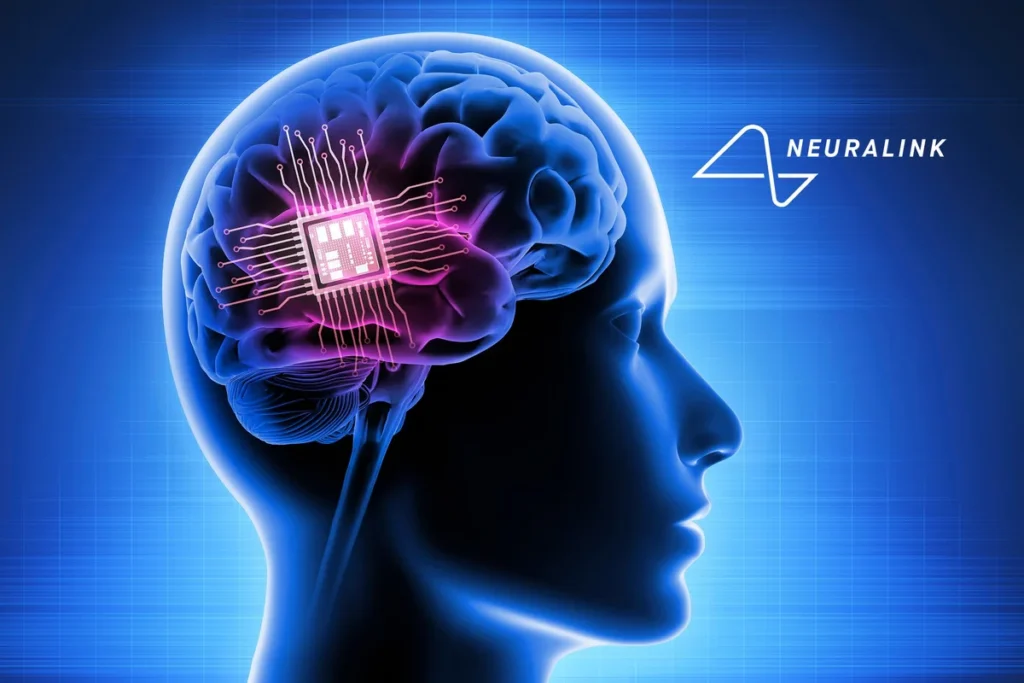Brain-computer interface (BCI) company Neuralink, founded by Elon Musk, has encountered a hurdle in its journey to revolutionize human-machine interaction. Their first human implant, placed in January 2024, experienced technical difficulties that required software fixes.
The company recently acknowledged the malfunction in a blog post. Following the surgery on patient Noland Arbaugh, some of the thin, electrode-studded threads implanted in his brain tissue began to retract. This retraction compromised the device’s functionality.

Software to the Rescue, But Concerns Linger
Thankfully, Neuralink engineers were able to implement software fixes that improved the device’s performance, exceeding Mr. Arbaugh’s initial experience. However, this incident has sparked discussions within the brain-implant community regarding Neuralink’s unique design.
The Design Debate: Brain Tissue vs. Skull Bone
Unlike traditional brain implants that rest on the brain’s surface, Neuralink’s design features electrode threads that connect to a device positioned within the skull bone. Experts suggest this design choice might be behind the malfunction.
Neurosurgeon Eric Leuthardt from Washington University School of Medicine points out that even minor head movements can cause significant displacement within the brain. Traditional implants, positioned on the brain’s surface, can move more fluidly with these natural movements.
Matt Angle, CEO of Neuralink’s competitor Paradromics Inc., adds that thread retraction is uncommon for brain implants. He believes Neuralink’s design might need further refinement.
Animal Testing and the Human Factor
Another concern raised by Leuthardt is the potential influence of pre-clinical testing conducted on animals with smaller brains. Stability observed in animals might not translate directly to the human brain.
Impact on Future Trials and Approvals
This malfunction could potentially delay Neuralink’s plans for broader human trials and hinder their path to FDA approval. Despite these setbacks, Neuralink remains dedicated to advancing its technology and exploring the potential of brain-computer interfaces in various applications.

The Road Ahead for Neuralink
While the software fixes show promise, Neuralink faces the challenge of refining their design to address concerns about long-term stability and potential tissue damage. Additionally, the company will need to demonstrate the safety and efficacy of their technology in larger human trials to gain regulatory approval.
What This Means for the Future of BCIs
The field of brain-computer interfaces holds immense potential for applications in medicine, communication, and even entertainment. However, Neuralink’s experience highlights the importance of rigorous testing and careful design considerations when dealing with such a complex and delicate organ as the brain.
This is a developing story, and we will continue to monitor Neuralink’s progress as they strive to make brain-computer interfaces a reality.
Additional Points of Interest:
- The ethical implications of brain-computer interfaces and potential risks of misuse.
- The potential applications of BCIs beyond those mentioned in the article (e.g., augmented reality integration).
- The ongoing competition within the BCI development space and how Neuralink compares to other companies.
Neuralink Implant Hiccups: Your Questions Answered
What happened with Neuralink’s first human implant?
The first human implant, placed in January 2024, experienced malfunctioning when some of the implanted electrode threads retracted from the brain tissue. This affected the device’s functionality.
How did Neuralink address the issue?
The company implemented software fixes that improved the device’s performance for the patient.
What concerns are there about Neuralink’s design?
Unlike traditional brain implants, Neuralink’s design places the electrode threads within the skull bone rather than on the surface of the brain. Experts believe this design might contribute to thread retraction due to head movements.
How could this impact Neuralink’s future plans?
The malfunction raises questions about long-term stability and safety, potentially delaying broader human trials and FDA approval.
Is Neuralink giving up?
No, Neuralink remains committed to advancing their technology and is likely working on design improvements.
What are the long-term implications of this event?
This highlights the importance of rigorous testing and careful design for brain-computer interfaces. It also opens discussions about the ethical considerations and potential applications of BCIs.





